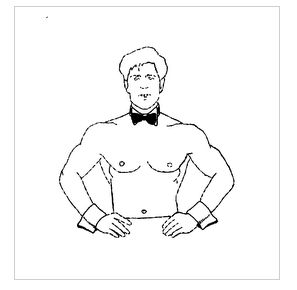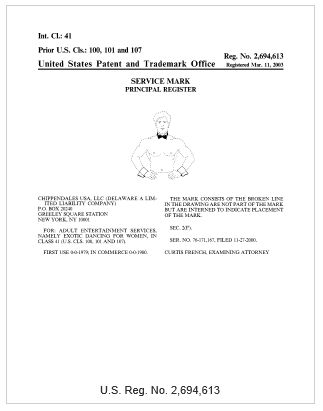Last week, my post discussed the significant impact of product packaging (i.e., the "dressing" of a product) on consumer behavior. Distinctive product packaging can drive sales, but it can also lead to knockoffs. Imitation may be the sincerest form of flattery, but in the branding world it kills value. Brand owners should obtain a federal trademark registration for their product packaging to prevent this from happening.
Not all product packaging can be registered as a trademark. Registration will be refused if the packaging is found to be functional and/or nondistinctive.
The U.S. Patent and Trademark Office (USPTO) considers the following factors in determining whether packaging is functional:
- The existence of a utility patent that discloses the utilitarian advantages of the design sought to be registered;
- Advertising by the applicant that touts the utilitarian advantages of the design;
- Availability of alternative designs; and
- Ease or economy of manufacture.
The USPTO also examines the mark for distinctiveness. Packaging that is not inherently distinctive and that has not acquired distinctiveness will be refused registration. There is a 4-part test for determining the inherent distinctiveness of packagaging:
- Whether it was a common basic shape or design;
- Whether it was unique or unusual in a particular field;
- Whether it was a mere refinement of a commonly-adopted and well-known form of ornamentation for a particular class of goods viewed by the public as a dress or ornamentation for the goods; and
- Whether it was capable of creating a commercial impression distinct from the accompanying words.
One of the leading cases on the distinctiveness of packaging was decided by the Federal Circuit in 2010. In that case, Chippendales sought to register the "Cuffs & Collar" costume worn by its performers:

In a decision that sent shockwaves through bachelorette parties across the country, the Federal Circuit agreed with the USPTO that the Cuffs & Collar mark was not inherently distinctive because it was a refinement of the Playboy bunny costume:
The Playboy bunny suit, including cuffs and a collar, was widely used for almost twenty years before Chippendales' first use of its Cuffs & Collars trade dress. The Cuffs & Collars mark is very similar to the Playboy bunny costume, although the Cuffs & Collars mark includes no bunny ears and includes a bare-chested man instead of a woman in a corset.
Even though Chippendales lost its inherent distinctiveness argument, it was still able to obtain a registration on the basis that the Cuffs & Collars mark had acquired distinctiveness:

Marks that have acquired or inherent distinctiveness are entitled to the same benefits of a federal registration. There is a difference, however, when it comes to enforcement. Marks that are inherently distinctive are stronger and therefore easier to enforce against infringers than a mark of acquired distinctiveness. Fortunately for Chippendales, this has not dampened the enthusiam of the men who dream of joining its elite group of performers.
The lawyers at Trademarkology provide online trademark registration services backed by the experience and service of one of the nation's oldest law firms. Click here to begin the process of protecting your brand name with a federally registered trademark.
The content of this article is intended to provide a general guide to the subject matter. Specialist advice should be sought about your specific circumstances.
